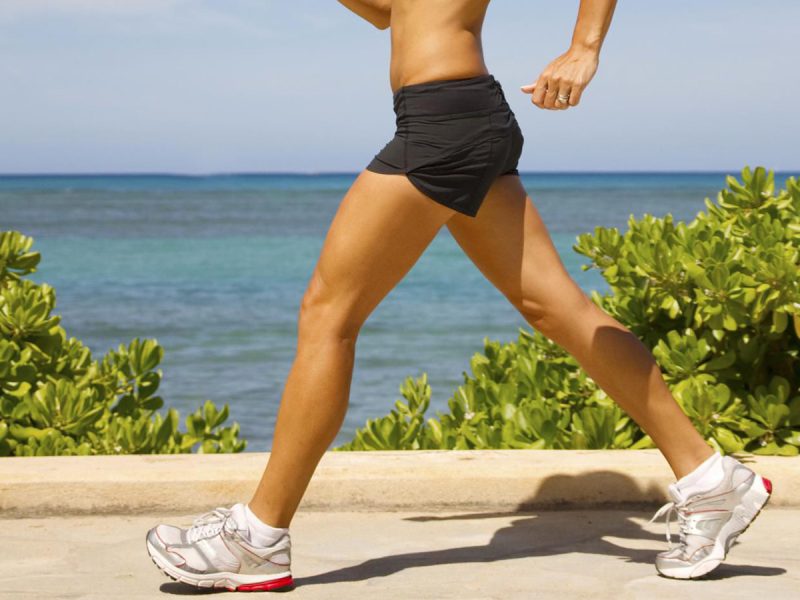Racewalking is a highly competitive Olympic sport that combines the simplicity of walking with precise techniques to achieve maximum speed and efficiency. Whether you’re looking to take up racewalking for fitness or aspire to compete at an elite level, understanding the fundamentals of this sport is crucial. In this comprehensive guide, we will explore the essential techniques and tips to help you get started with racewalking, incorporating elements of exercise, workout routines, and even adding weights to your training.
1. Understanding Racewalking Basics
Before diving into the techniques, it’s essential to understand the basics of racewalking. Unlike regular walking or running, racewalking has specific rules. To racewalk, one foot must always be in contact with the ground, and the advancing leg must be straight from the moment of first contact until it is in a vertical position.
2. Find Proper Footwear
Invest in a good pair of walking shoes that provide support and cushioning. Look for shoes designed for racewalking or walking long distances. Proper footwear is essential to prevent injuries and enhance your technique.
3. Focus on Technique
Racewalking is all about perfecting your technique. Here are the key elements to keep in mind:
- Stride Length: Maintain a long, quick stride while keeping your feet low to the ground.
- Hip Movement: Focus on hip rotation, which generates power. Your hips should rotate with each step.
- Arm Swing: Keep your arms bent at a 90-degree angle and swing them forward and backward to help maintain balance.
- Posture: Maintain an upright posture with your back straight, and avoid bending forward.
4. Practice Regularly
Consistency is key to mastering racewalking. Start with short distances and gradually increase your mileage as your technique improves. Aim for at least 30 minutes of racewalking per session, several times a week.
5. Incorporate Interval Training
To improve your fitness and racewalking speed, incorporate interval training into your routine. Alternate between periods of fast-paced racewalking and slower recovery walks. This will help build endurance and speed.
6. Workout with Weights
Adding weights to your racewalking routine can increase the intensity of your workout. Consider wearing a weighted vest or holding light hand weights while racewalking. Start with a manageable weight and gradually increase it as you progress.
7. Seek Expert Guidance
If you’re serious about racewalking, consider seeking guidance from a certified racewalking coach. They can provide personalized feedback and help you refine your technique.
8. Pay Attention to Your Breathing
Breathing is often overlooked in racewalking. Focus on rhythmic and deep breathing to ensure your muscles receive an adequate oxygen supply. Inhale and exhale in sync with your steps.
9. Monitor Your Progress
Keep a training diary to track your racewalking progress. Note your times, distances, and any changes in technique. This will help you identify areas that need improvement.
10. Participate in Racewalking Events
As you gain confidence and skill, consider participating in local racewalking events. This will give you a taste of competitive racewalking and help you gauge your progress.
In conclusion, racewalking is a unique and challenging sport that offers a fantastic workout for fitness enthusiasts and an opportunity for Olympic glory for those who aspire to compete at the highest level. By mastering the techniques, incorporating effective workouts, and staying dedicated to your training, you can make significant strides in your racewalking journey. So lace up your walking shoes, perfect your technique, and start your racewalking adventure today!

